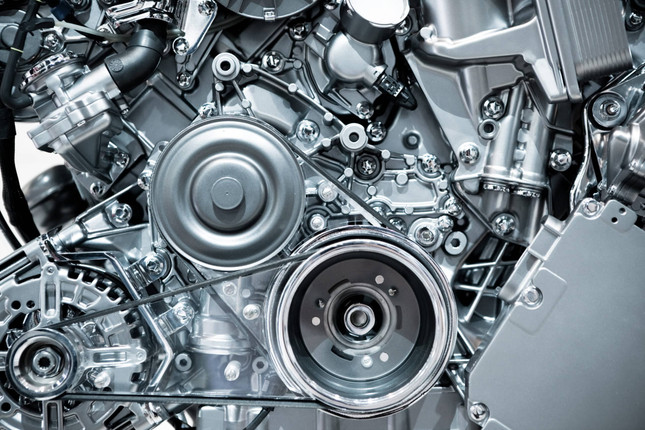How Dual-Clutch Transmissions (DTCs) Revolutionized High-Performance Cars
Paddle shifters and manual modes have become defining features of DCTs in high-performance cars. With paddle shifters conveniently mounted on the steering wheel, drivers can manually control gear changes without the need for a clutch pedal. This feature enhances the driver's sense of control and involvement, allowing them to shift gears with precision and tailor the driving experience to their preferences. In the pursuit of excitement and adrenaline on the road or track, having the option to shift gears manually is a cherished capability that DCTs provide.
How Dual-Clutch Transmissions (DTCs) Revolutionized High-Performance Cars
The motorsports arena has been significantly impacted by the capabilities of DCTs. In racing environments, where every millisecond matters, DCTs have become the transmission of choice for many high-performance race cars. Their ability to handle high torque loads and execute rapid gear changes has elevated the performance of racing machines, providing drivers with a competitive edge and better lap times. As a result, many professional racing series and teams have embraced DCTs as an integral part of their quest for victory.
Launch control, another cutting-edge feature of DCTs, has redefined the start line experience for high-performance cars. This technology optimizes acceleration from a standstill, managing wheel slip and engine power to achieve the most efficient and explosive launch possible. For drag racers and drivers seeking maximum acceleration, launch control is an indispensable tool, allowing them to harness the full potential of their high-performance machines.
DCTs have showcased remarkable versatility, transitioning from exclusive use in high-end supercars to widespread adoption across various segments of high-performance vehicles. Today, many sports cars, hot hatches, and even some performance-oriented sedans offer DCTs as an option or standard equipment. As technology matures and becomes more accessible, it continues to redefine what it means to be a high-performance car.
Downsides
While DCTs have undoubtedly revolutionized high-performance cars, they are not without their fair share of challenges, sparking debates among automotive purists and enthusiasts. One of the primary points of contention centers around the perceived loss of tactile engagement provided by traditional manual transmissions. Purists argue that the joy of driving lies in physically interacting with the clutch pedal and gear lever, feeling connected to the machine in a way that DCTs may not fully replicate.
Another factor that has been subject to criticism is the increased complexity and cost of DCTs compared to conventional automatic transmissions. The advanced technology and intricate engineering required to achieve lightning-fast gear changes and seamless performance come with added expenses, making DCTs more costly to produce and maintain.
However, despite these criticisms, the undeniable impact of DCTs on high-performance cars cannot be overstated. Their ability to execute lightning-fast gear changes with precision and efficiency is unmatched, enhancing the overall driving experience and pushing the boundaries of automotive engineering. The reduced shift times in DCTs result in quicker acceleration and smoother gear transitions, allowing drivers to experience a level of performance that was previously unattainable.
Moreover, the inclusion of paddle shifters and manual mode in many DCT-equipped vehicles provides drivers with the option to take control when desired, offering the best of both worlds - the convenience of an automatic transmission and the engaging experience of a manual gearbox.
DCTs have also found significant application in motorsports, where milliseconds can make all the difference on the track. The seamless and rapid gear changes provided by DCTs allow professional drivers to extract maximum performance and achieve faster lap times, making them a favored choice in the world of competitive racing.
Many current high-performance cars offer dual-clutch transmissions. Shops like Gearstar sell such transmissions that have been custom-built and optimized with precision by master technicians.
Conclusion:
In conclusion, dual-clutch transmissions (DCTs) have undeniably revolutionized the world of high-performance cars, introducing a new era of driving experience and automotive engineering. Their lightning-fast gear changes, reduced shift times, and enhanced performance have elevated driving pleasure to unparalleled heights. DTCs can be bought in shops such as Gearstar for enthusiasts seeking optimal lap times and a thrilling driving adventure. DCTs have transformed the driving experience, promising even more exciting advancements in the future.



